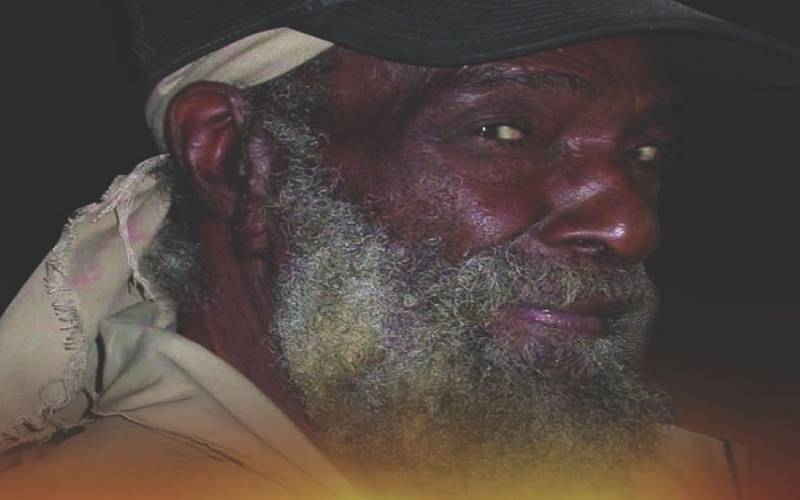×
The Standard e-Paper
Kenya's Bold Newspaper

George Robinson, the assumed mythical figure that made the fire light in Bob Marley’s heart-rending classic ‘no woman no cry’ quietly exited the scene on Wednesday, 40 years after his idol.
A constant face at Bob Marley’s 56 Hope Road headquarters, now a museum, Georgie died peacefully at 89 years’ age, further shrinking the circle of Bob’s soulmates who are still alive.







